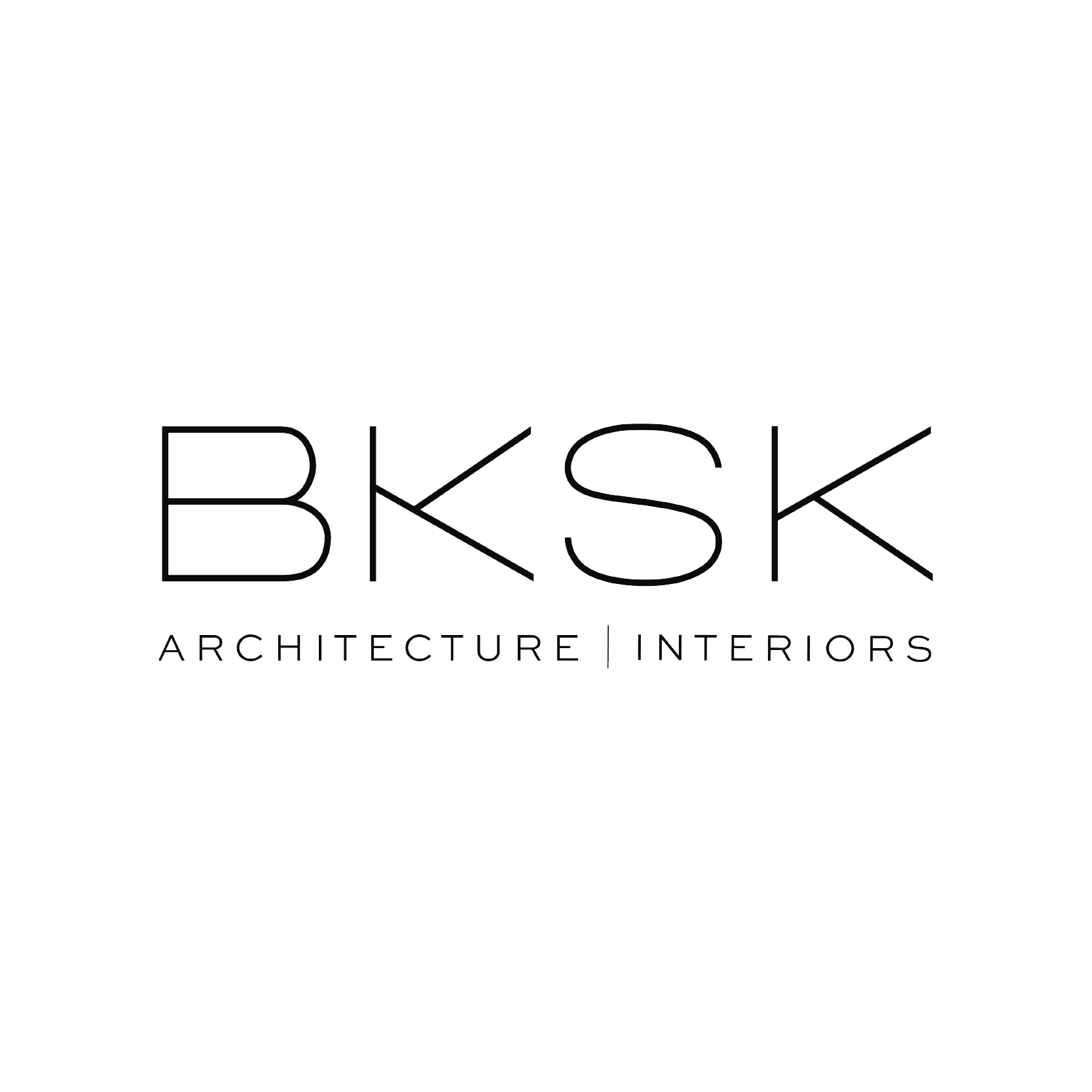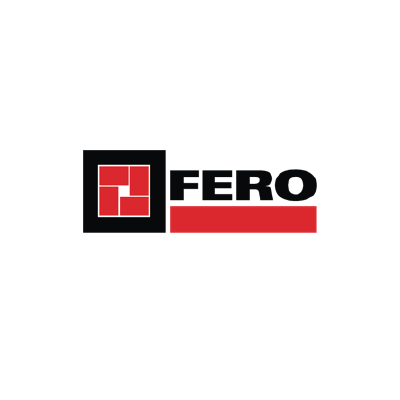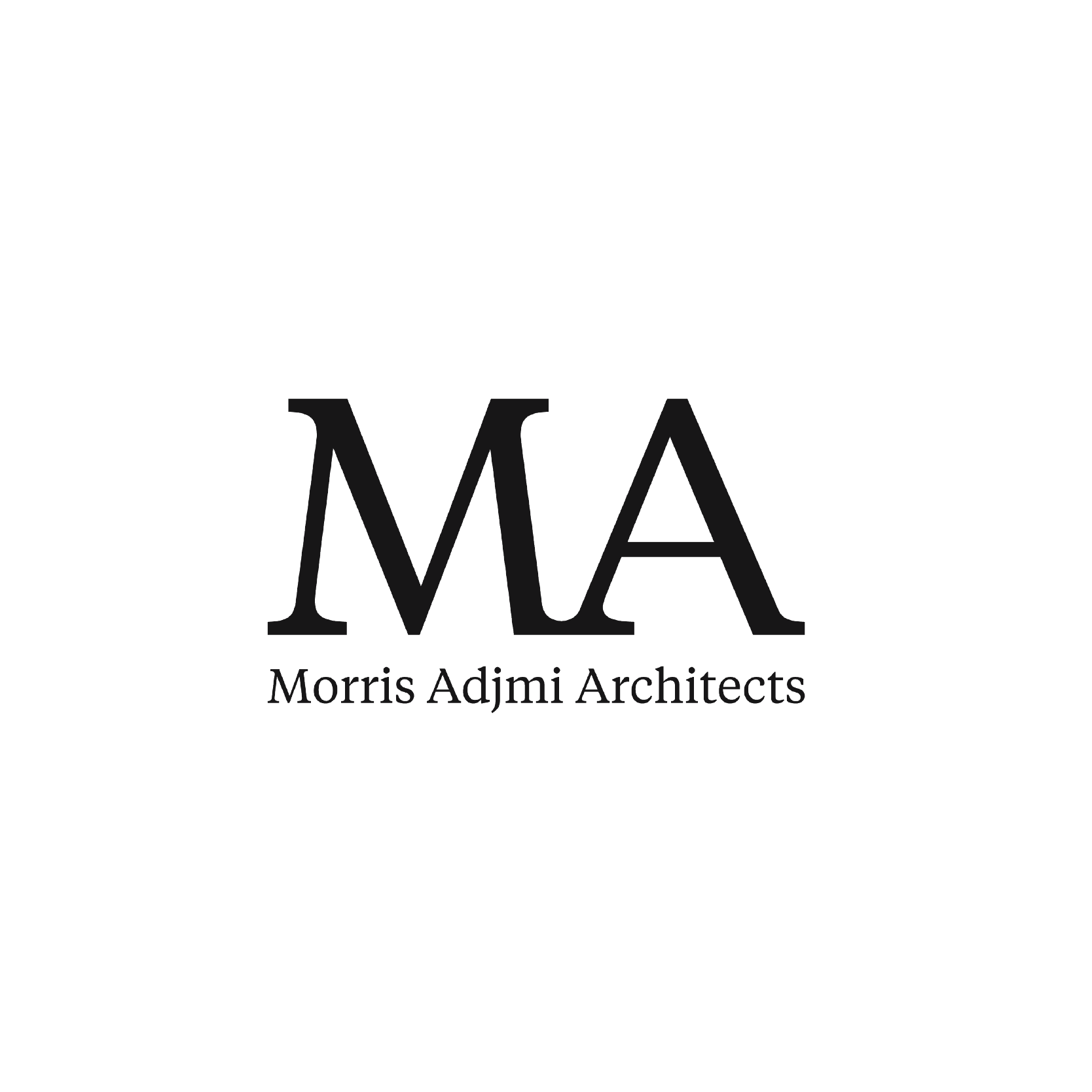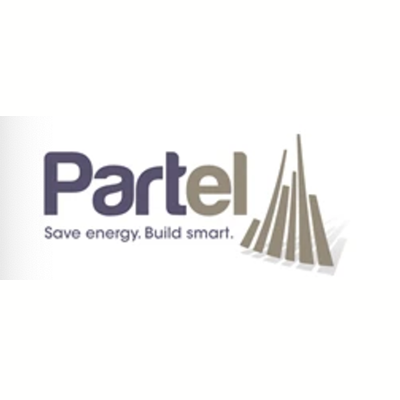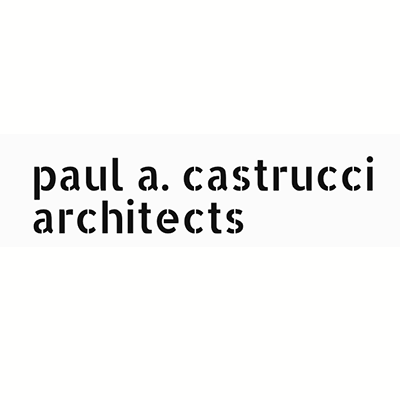Building owners save money with the EnerPHit Retrofit Plan
(Press Release, Passive House Institute, 27 July 2016) Darmstadt, Germany.
Many home and building owners carry out renovations in a step-by-step manner. To avoid unnecessary additional costs, all planned measures for energy retrofits should be coordinated with each other before the first step is implemented. For this advanced planning, the EnerPHit Retrofit Plan has recently been developed by the Passive House Institute.
Many building and home owners are reluctant to bear the costs of a complete retrofit; instead they upgrade only the respective building components that are currently in need of renewal. Retrofits, including those carried out in a step-by-step manner, are an important element for a nearly climate-neutral building stock to meet UN objectives of climate change mitigation. “Before any work starts, an overall plan should be made for all planned current and future retrofit steps. This is the only way to ensure that as a whole all steps will work together and that after the last step is completed the owner can take pleasure in a comfortable building with low energy costs”, explains Zeno Bastian of the Passive House Institute in Darmstadt.

Many owners do renovations on a step-by-step basis. Complete retrofits such as that of the single-family house shown above are the exception. An overall plan for all current and future retrofit steps helps avoiding unnecessary additional costs.
Worldwide standard for retrofits
The Passive House Institute has developed the EnerPHit Retrofit Plan for this purpose. This EnerPHit Retrofit Plan allows forward-thinking planning of the individual retrofit steps and facilitates the achievement of the EnerPHit Standard. As early as 2010, with its EnerPHit Standard, the Passive House Institute set the energy standard for existing buildings to Passive House levels. This Standard is now used worldwide. For the cool, temperate climate, specific measures include an insulation thickness of at least 20 cm for the building envelope, triple glazed windows with insulated frames, a ventilation system with heat recovery, and the minimisation of thermal bridges.
EnerPHit ensures reasonable insulation in a retrofitted building
The energy demand of a retrofitted building is typically a bit higher than that of a Passive House new build. This is due to remaining thermal bridges as well as other circumstances typical in existing buildings such as unfavourable building orientation or building preservation restrictions.
EnerPHit Retrofit Plan integrated in PHPP
The EnerPHit Retrofit Plan has been integrated into the latest version of the planning tool PHPP. With this new additional output file in the Passive House Planning Package (PHPP), architects and specialist planners can coordinate all modernisation steps with each other. During the course of the step-by-step modernisation homeowners can save money in this way. At the same time, with the EnerPHit Retrofit Plan they will keep an overview of the retrofit steps.

First the entrance door and windows, then facade and roof: The EnerPHit Retrofit Plan allows forward-thinking planning of retrofit steps and facilitates achievement of the EnerPhit Standard. Photos/Graphics (3): Passive House Institute
New courses for PHPP
Another new feature is the possibility of ensuring a high quality of retrofit work by means of pre-certification. A prerequisite for this is a well-developed and detailed EnerPHit Retrofit Plan. As of autumn 2016, the Passive House Institute will be offering courses again for the Passive House Planning Package (PHPP). The EnerPHit Retrofit Plan is integrated in the latest version of the planning tool PHPP. This version also contains an IP version with imperial measurement units for worldwide planning.
New features of the latest version of the PHPP 9.6a at a glance:
► integrated EnerPHit Retrofit Plan
► updated climate data and Passive House components
► IP version with imperial measurement units for worldwide planning
► simple calculation of variants in the IP version
► export function of designPH in IP PHPP
► improved compatibility with Macintosh computers




